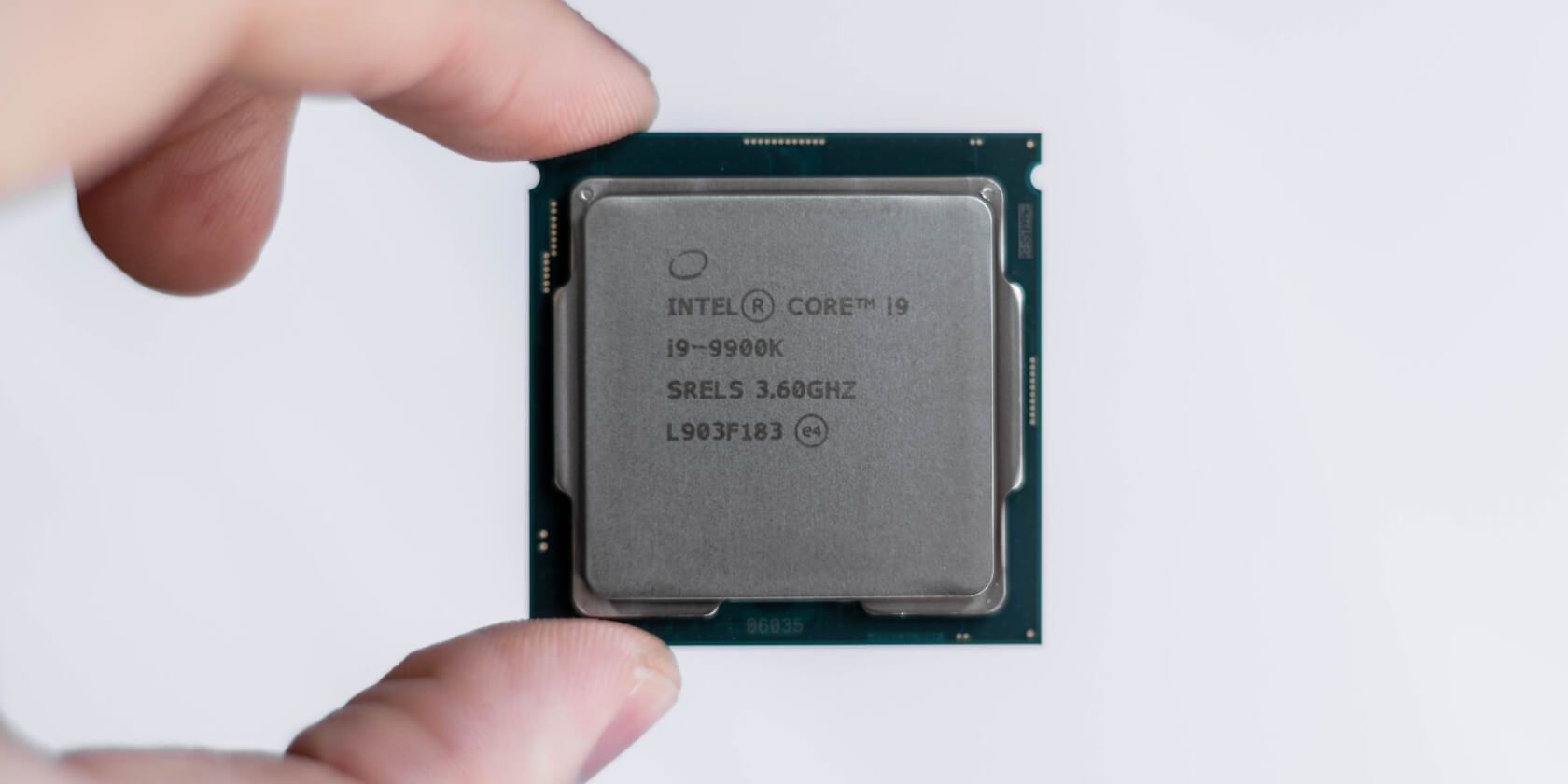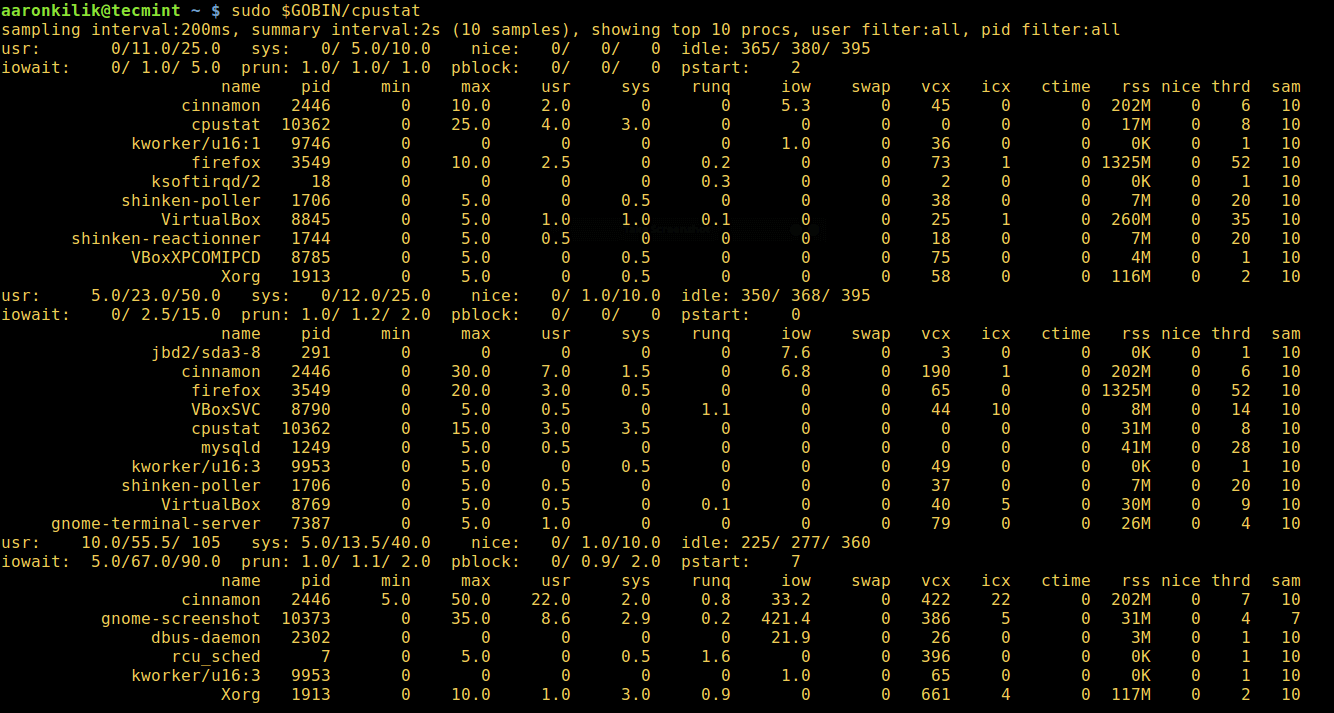
Instead, if the program only required six seconds processing time on one core, the usage would be 10%.įor instance, if you had a program that required uninterrupted processing power for 54 out of the last 60 seconds, your CPU usage on one core would be 90%. Most companies seek to keep the CPU usage of their servers as close to 100% as possible. Most servers are sold by overall computing power, and if your server is only sitting at 30% CPU usage, you’re paying for too much processor power. You could downgrade your processor to a lower tier, save money, and see no reduction in the quality of your server’s performance.

Instead of measuring the percentage of time that the CPU is working, CPU load measures how many programs are using or waiting for a processor core at one time. In our previous example, we would have one-minute load times of.Ī completely idle processor would have a load value of 0.

However, what’s unintuitive about CPU load is that a value of 1 isn’t necessarily a fully loaded measurement. Instead, what constitutes “full” CPU load is dependent on how many operating system threads your CPU boasts. Most CPUs these days constitute more than just one CPU core, running more than just one CPU thread. If your CPU has four cores, then a CPU load of 1 isn’t a fully loaded CPU. Instead, it would only be one-quarter loaded. Instead, your CPU load would be considered full for your CPU if your load value was 4, not 1.

It’s worth mentioning that Linux makes no distinction between multi-core and multi-processor system. If you have 2 processors, each with one logical core, that’s the same to Linux as having 1 processor with 2 logical cores.

Running a program that displays Linux CPU load totals can be a bit confusing at first. If you run a command like uptime or top, you might see a CPU load value that looks like 1.68 0.55 5.91.


 0 kommentar(er)
0 kommentar(er)
